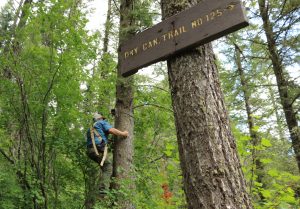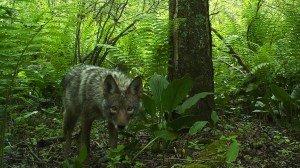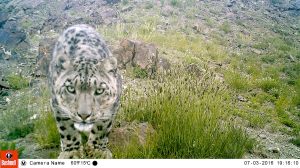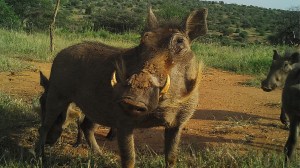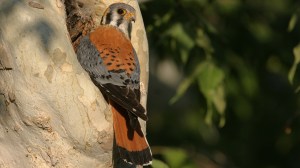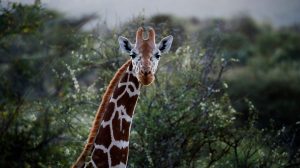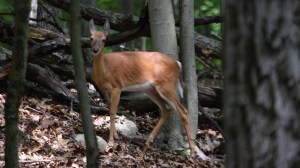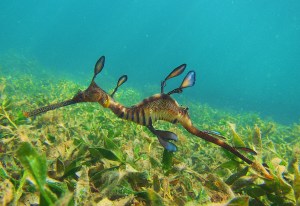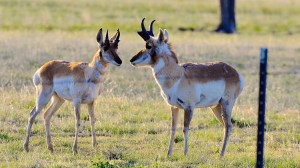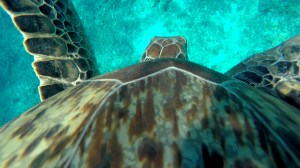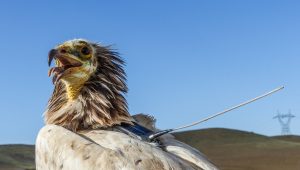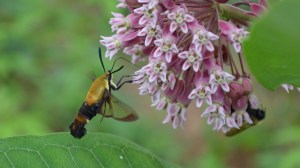Discover stories in Cameras
Collars or Cameras: How Do Researchers Best Monitor Wildlife?
Wildlife researchers are increasingly shifting to trail cams to monitor wildlife populations.
Who’s Smiling on Canid Camera?
Three photos. Three questions. That’s all there is to it. Your identifications help give conservationists the information they need to restore young forests where wildlife thrives.
Tracking the Three-Legged Snow Leopard
Nature Conservancy scientists are collaring snow leopards in western Mongolia to help limit livestock predation and protect these rare cats.
Camera Trap Chronicles: Enjoy a Gallery of Kenyan Wildlife
Enjoy great images of wildlife large and small captured on camera traps at two Kenya wildlife conservancies.
Fall in Love with the American Kestrel on Our Nest Cam
Bird cams are a lot of fun, and kestrels in particular are fiercely cute and fascinating. A sneak peek into the lives of American kestrels.
Giraffes Are in Trouble, and You Can Help
Reticulated giraffe populations have declined 70 percent since the 1990s. Here’s a free and easy way to help, without leaving your computer.
Camera Traps: Taking Care of Your Space in Nature
Like so many places in the US, the wildlife of High Mountain Preserve has yet to be fully documented. Students with camera traps are changing that.
Reef Cam: An Underwater View of an Australian Rocky Reef
Check out a live underwater view of a rocky reef in Melbourne, Australia, and then watch the gannet cam above the surface!
How Can the Pronghorn Cross the Fence?
Pronghorns may be the second fastest land mammal on earth, but a simple fence can stop them in their tracks.
Video: A Sea Turtle’s View of the Reef
Go along for the ride with a green sea turtle as it explores a reef — and meets another turtle — in the Solomon Islands.
Poisoning Vultures Will Come Back to Bite Us
Killing off the world’s vultures can come back to bite people — literally — in the form of rabid dogs.
Camera Traps Chronicle Restoration Success at Davis Bend
Camera traps on Davis Bend Preserve, in the most biodiverse region of the Green River, show the benefit of fire to regenerate prairies and the return of wildlife to the area.
